|
This area of the left bank is
possibly the most stimulating in Paris. St-Germain-des-Prés, centred
around the city’s oldest church, is a synonym for Paris’s café society,
made famous by the writers and intellectuals who held court here in the
first half of the 20th century. Although it’s more touristy today, a
stroll around the back streets reveals lovely old houses plastered with
plaques noting famous residents. The Latin Quarter takes its name from
the Latin spoken by students of the Sorbonne until the Revolution. The
scholastic centre of Paris for more than 700 years, it continues to buzz
with student bookshops, cafés and jazz clubs. It was also the site of a
Roman settlement and remains from that era can be seen in the Musée du
Moyen-Age. The area’s western boundary is the bustling boulevard
Saint-Michel and to the south is the tranquil greenery of the Luxembourg
Quarter.
|
Jazz has been played in Paris, especially on the
Left Bank, since the 1920s. Numbers of black musicians moved here from
the US as they found France less racially prejudiced, and Paris became a
second home for many jazz musicians such as Sidney Bechet. The city has never lost its love of jazz, nor jazz its love for the city.
|
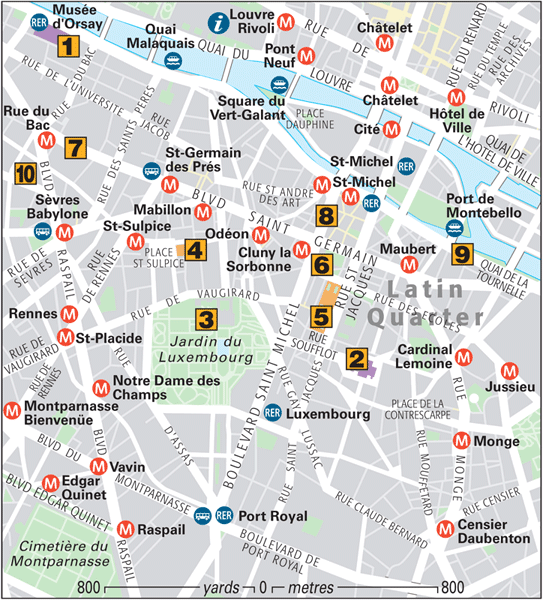
Sights
Musée d’Orsay
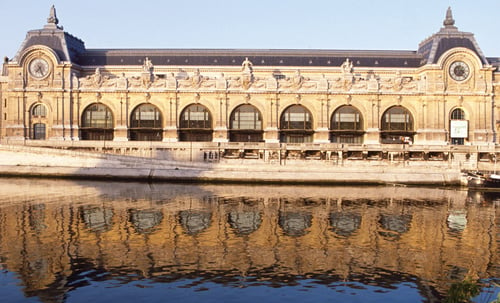
Musée d’Orsay
Panthéon
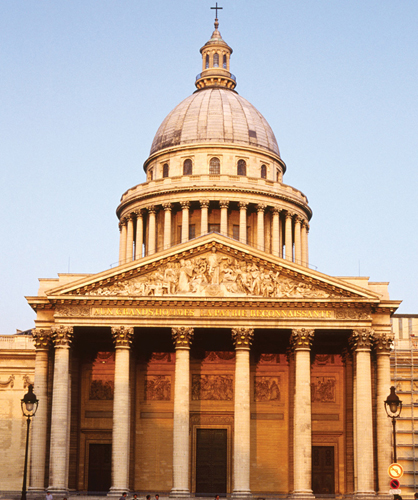
Panthéon
Jardin du Luxembourg This 25-ha (60-acre) park is a swathe of green paradise on the very urban Left Bank. The formal gardens are set around the Palais du Luxembourg, with broad terraces circling the central octagonal pool. A highlight of the garden is the beautiful Medici Fountain.
Many of the garden’s statues were erected during the 19th century,
among them the monument to the painter Eugène Delacroix and the statue
of Ste Geneviève, patron saint of Paris. There is also a children’s
playground, open-air café, a bandstand, tennis courts, a puppet theatre
and even a bee-keeping school .
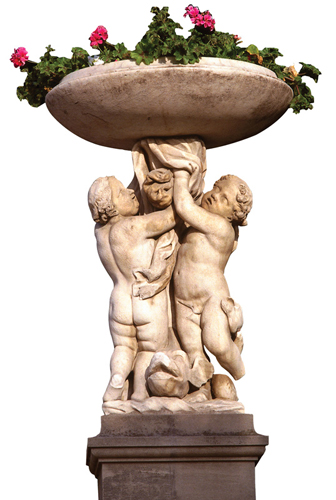
Jardin du Luxembourg
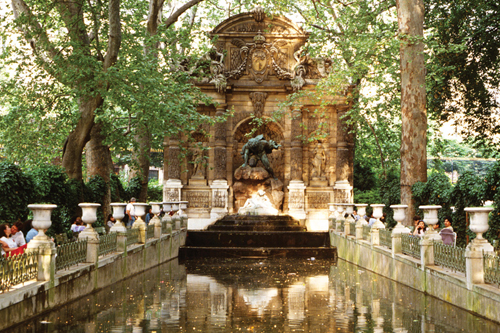
Medici Fountain, Jardin du Luxembourg
St-Sulpice Begun
in 1646, this enormous church unsurprisingly took 134 years to build.
Its Classical façade by the Florentine architect Giovanni Servandoni
features a two-tiered colonnade and two incongruously matched towers.
Notice the two holy water fonts by the front door, made from huge shells
given to François I by the Venetian Republic. Jacob Wrestling with the Angel and other splendid murals by Delacroix (1798–1863) are in the chapel to the right of the main door. Pl St-Sulpice, 75006 Open 7:30am–7:30pm daily Free
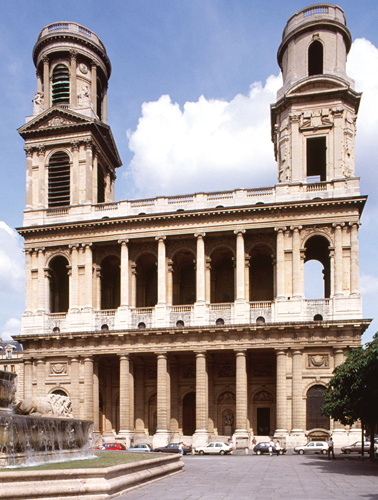
St-Sulpice
La Sorbonne Paris’s world-famous university,
was founded in 1253 and was originally intended as a theology college
for poor students. It soon became the country’s main centre for
theological studies. It was named after Robert de Sorbon, confessor to
Louis IX. Philosophers Thomas Aquinas (c.1226–74) and Roger Bacon
(1214–92) taught here; Italian poet Dante (1265–1321), St Ignatius
Loyola (1491–1556), the founder of the Jesuits, and church reformer John
Calvin (1509–64) are among its
list of alumni. Its tradition for conservatism led to its closure
during the Revolution (it was re-opened by Napoleon in 1806) and to the
student riots of 1968.

Clock, La Sorbonne
Musée National du Moyen Age This
impressive mansion was built by the abbots of Cluny in 1330 and now
houses a magnificent collection of art, from Gallo-Roman antiquity to
the 15th century. It adjoins the ruins of 2nd-century Roman baths (thermes) with their huge vaulted frigidarium
(cold bath). Nearby are the 21 carved stone heads of the kings of Judea
from Notre-Dame, decapitated during the Revolution. The museum’s
highlight is the exquisite Lady and the Unicorn tapestry series, representing the five senses . 6 pl Paul-Painlevé, 75005 Open 9:15am–5:45pm Wed–Mon Closed 1 Jan, 1 May, 25 Dec Admission charge
www.musee-moyenage.fr
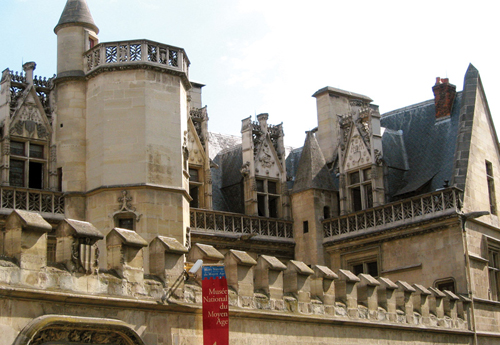
Boulevard St-Germain This
famous Left Bank boulevard runs for more than 3 km (2 miles) anchored
by the bridges of the Seine at either end. At its heart is the church of
St-Germain-des-Prés, established in 542, although the present church
dates from the 11th century. Beyond the famous cafés, Flore and Les Deux Magots,
the boulevard runs west past art galleries, bookshops and designer
boutiques to the Pont de la Concorde. To the east, it cuts across the
Latin Quarter through the pleasant street market in the place Maubert,
to join the Pont de Sully which connects to the Ile St-Louis.

Boulevard St-Germain
Boulevard St-Michel The main drag of the Latin Quarter was created in the late 1860s as part of Baron Haussmann’s city-wide makeover ,
and named after a chapel that once stood near its northern end. It’s
now lined with a lively mix of cafés, clothes shops and cheap
restaurants. Branching off to the east are rues de la Harpe and de la
Huchette, which date back to medieval times. The latter is an enclave of
the city’s Greek community, with many souvlaki stands and Greek restaurants. In the place St-Michel is a huge bronze fountain that depicts St Michael killing a dragon.

Quai de la Tournelle From
this riverbank, just before the Pont de l’Archevêché there are lovely
views across to Notre-Dame. The main attraction of this and the adjacent
Quai de Montebello, however, are the dark-green stalls of the
bouquinistes
. The Pont de la Tournelle also offers splendid views up and down the Seine. Musée Maillol Dina
Vierny, who modelled for the artist Aristide Maillol (1861–1944) from
the ages of 15 to 25, went on to set up this foundation dedicated
largely to his works. Set in an 18th-century mansion, it features his
sculpture, paintings, drawings, engravings and terracotta works. A
wonderful collection of works by other 20th-century artists, many of
whom worked in Paris, including Picasso, Matisse, Dufy, Duchamp,
Kandinsky and Poliakoff, is also on show.
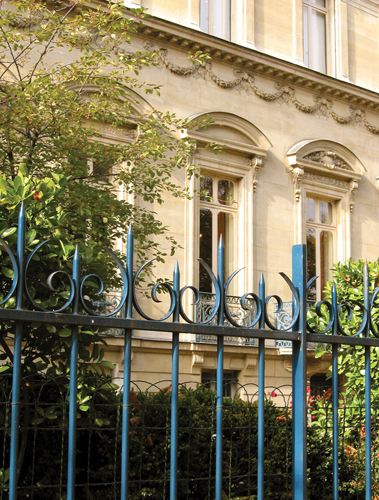
|